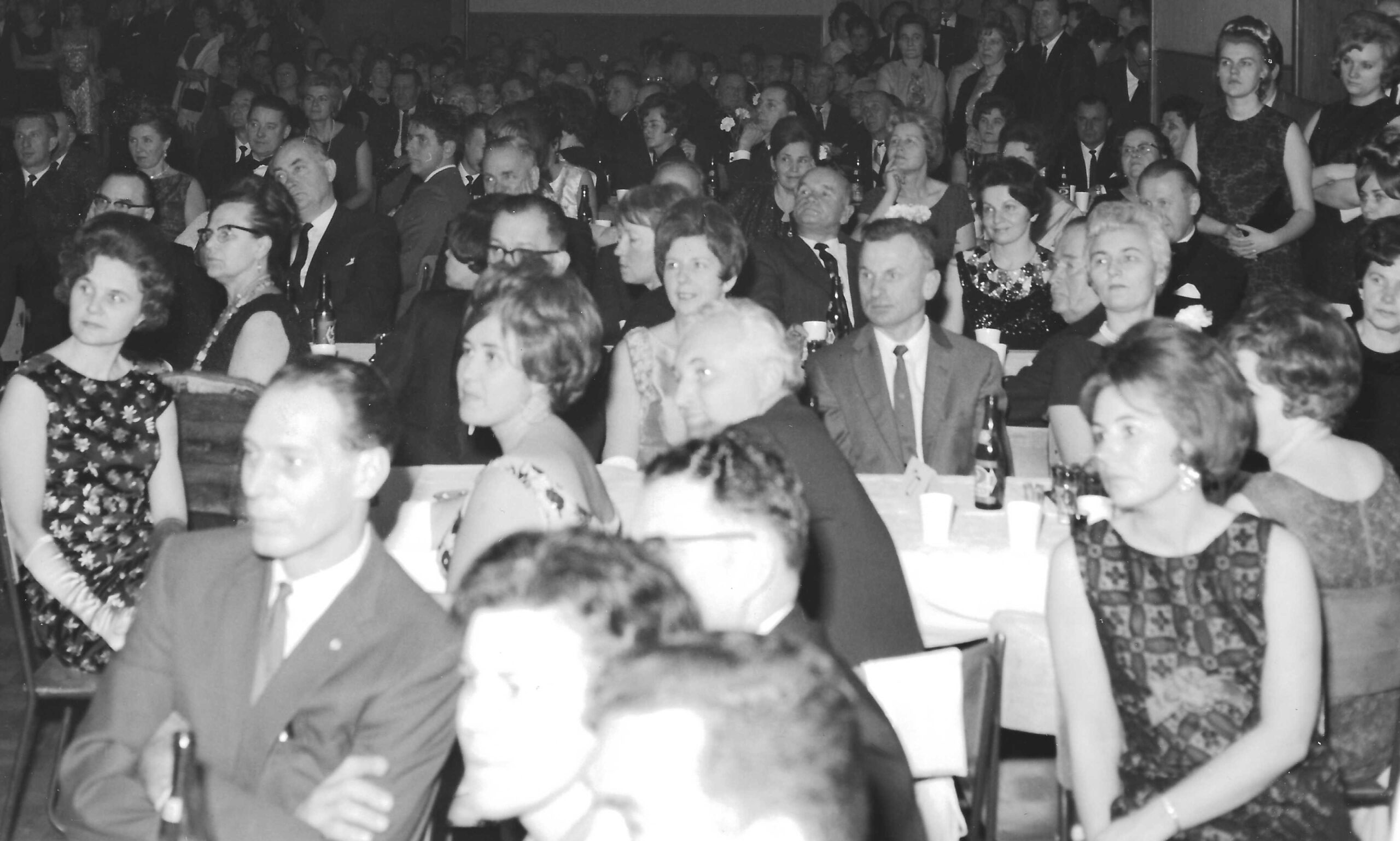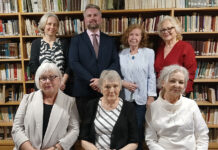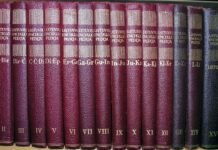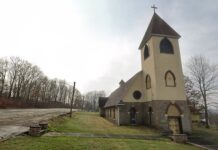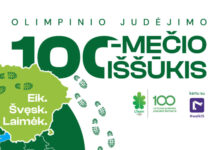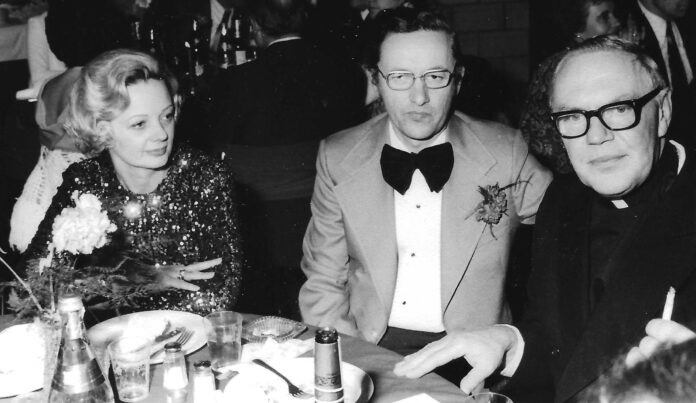
The 1960’s and 1970’s could be called the “prime of life” for the Lithuanian community and the Lights of Homeland newspaper. The Lithuanian diaspora in Canada blossomed with possibilities enabled by the government’s new multiculturalism policy. Various ethnic organizations and press began receiving grants and support for their activities.
As the community matured, its leaders found new avenues for pursuing the cause of Lithuania’s freedom. The editor himself wrote letters to government officials, urging clarification of Canada’s position regarding the Soviet occupation of Lithuania. Statements from its editor and later its membership in the Ethnic Press Association enabled the Lights of Homeland to represent the opinion of the Community in print and in reality.
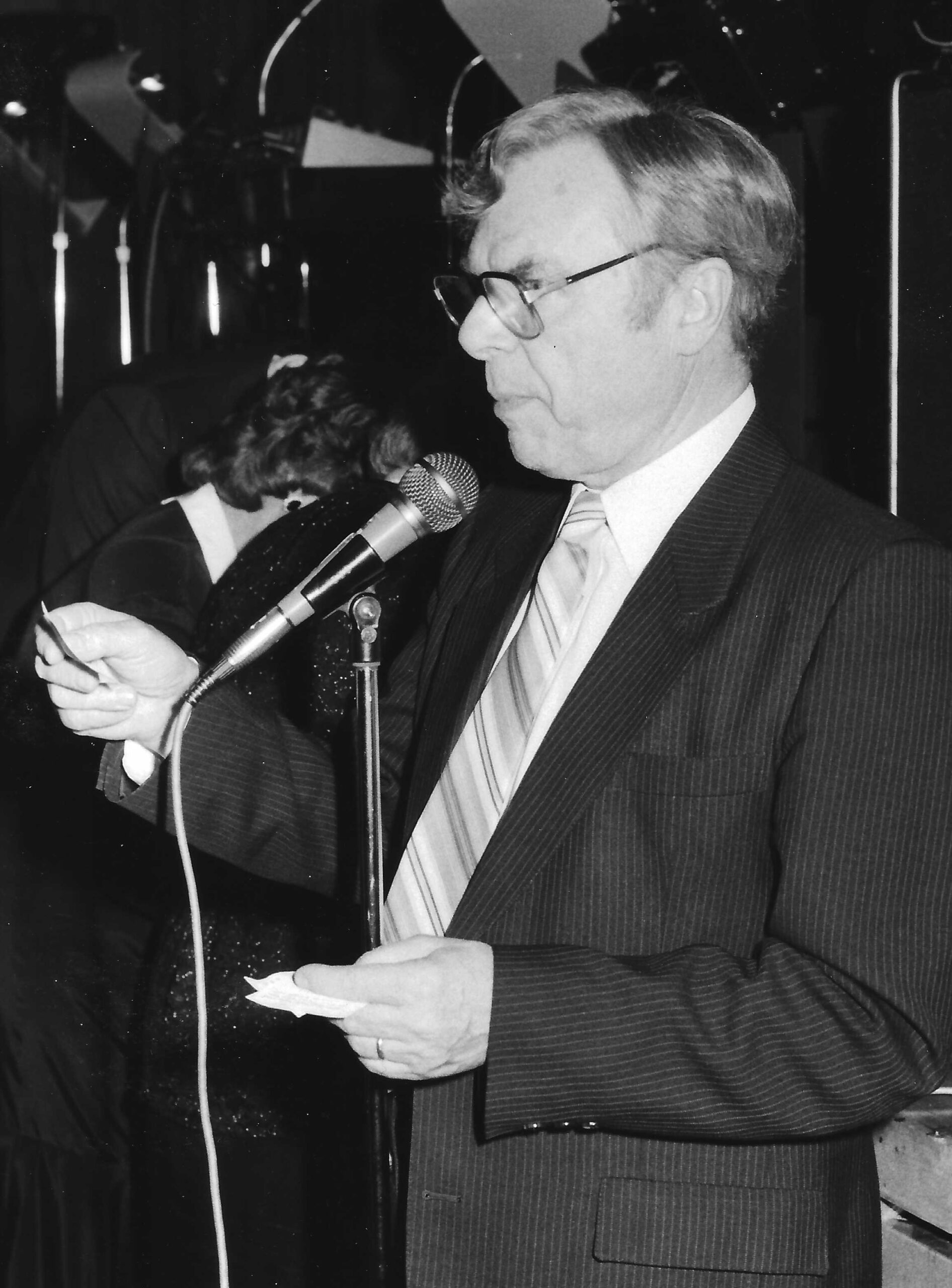
The newspaper highlighted the political activity that began gaining momentum in that decade. A crack in the Iron Curtain came with the Chronicle of the Catholic Church in Lithuania – the longest-running and best-known underground periodical in the Soviet Union, smuggled out of Lithuania by courageous Catholics during a time of communist persecution. It was a record of repressive acts perpetrated in 1972-74, providing facts for the diaspora and prompting the Community to increase lobbying of governmental bodies and informing them about the reality of life under Communist rule. News of Lithuanian dissidents continued filtering to the West, provoking letter-writing campaigns and demonstrations across the country to direct attention to the Soviet occupation.
The community was shocked by the self-immolation of 19-year-old Romas Kalanta on May 14, 1972, whose death provoked the largest post-war riots in Lithuania and inspired 13 other self-immolations that year. The defection to the US of sailor Simas Kudirka in November, 1974, also brought Lithuania to the attention of the media, with Lithuanians demonstrating in many countries of the diaspora as his case evolved.
Gaida had created a vast network of writers to ensure the widest possible coverage of Lithuanian culture. Lithuanian newspapers from Australia provided information about the two major communities there. Lithuanian professor A. Taškūnas in Tasmania sent reports from the university, where he had established a Baltic Studies section. South American communities, although dwindling, were still active, especially in Lithuanian folk dance groups, language lessons and social events in Argentina, Uruguay and Brazil. Articles by dedicated correspondents and seasoned writers from Great Britain, France, Germany and the US as well as Canada continued to fill the pages of the weekly newspaper. None of these contributors were paid, except for small honoraria sent to the “regulars” from the editor’s own pocket at Christmas to cover their postage and paper expenses.
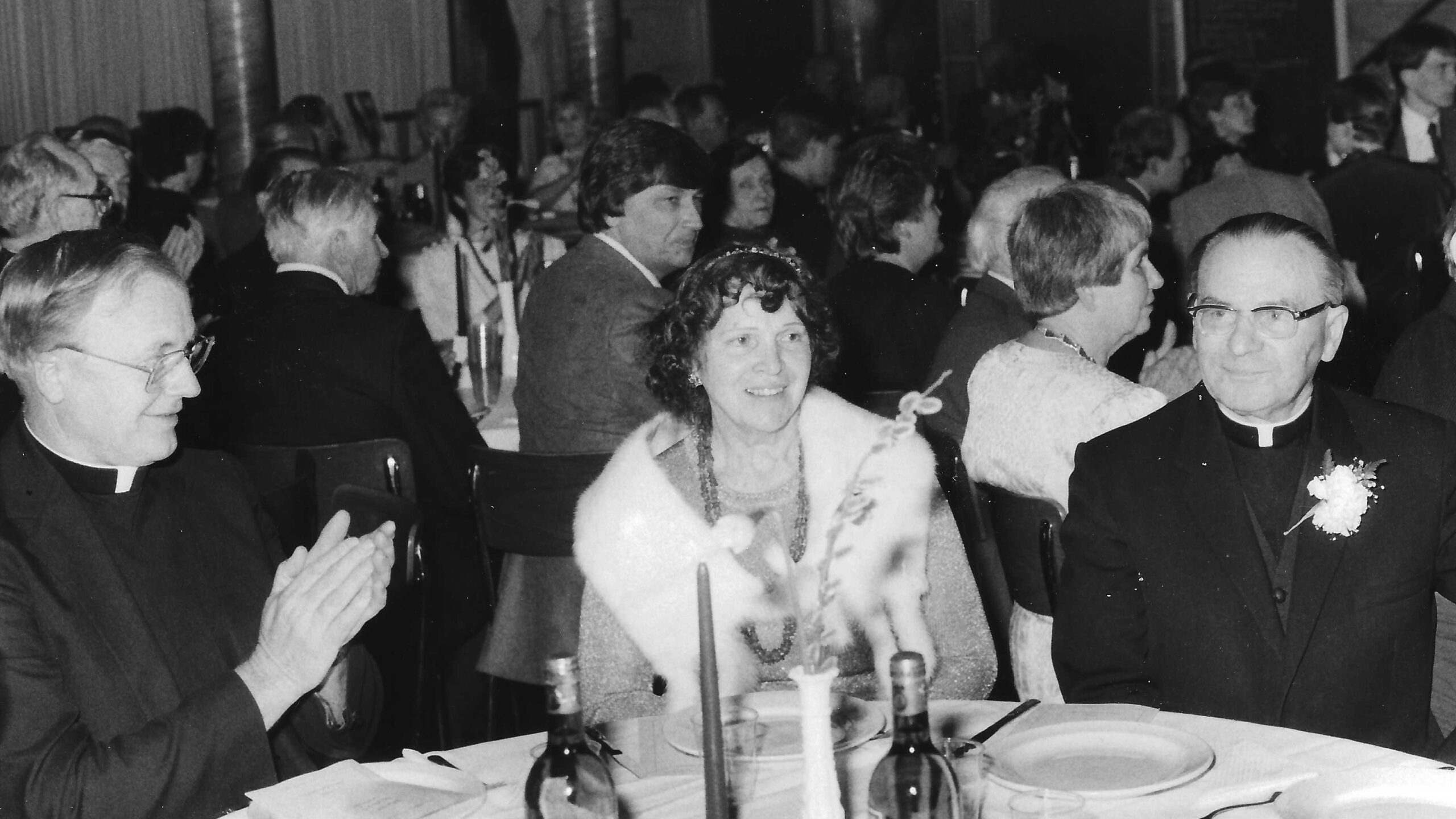
Subscriptions were at an all-time high, reaching well over 5,000. The annual fundraiser, a dinner-dance and concert, was a high-profile event. Complimentary invitations were sent to contributing writers and community officials in gratitude for their support, and lottery tickets were sent to all subscribers, with local artists and businesses donating substantial prizes. A raffle consisting mostly of knick-knacks was also popular in the evening’s program, as was the buffet of cakes that Lithuanian ladies were famous for baking. Held at the first Resurrection Parish Hall on College Street, later at the new parish and community centre “Anapilis” in Mississauga, the ball was the event of the year and drew hundreds of locals as well as Lithuanians from other communities.
The building of Anapilis and the adjoining Lithuanian Martyrs’ Parish in 1976 was the dream and vision of pastor Rev. Petras Ažubalis. He had purchased the land in Mississauga years before, establishing St. John’s Cemetery, the only Lithuanian burial ground in Canada. He moved the parish from St. John the Baptist Church on Dundas St. near Ossington, to its current location on Stavebank Road near the Queensway, ensuring that the newspaper would have a spacious new office and printshop.
